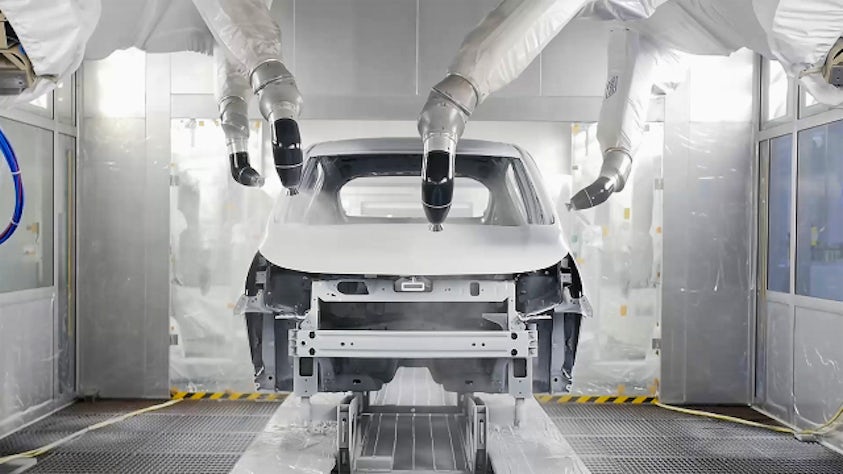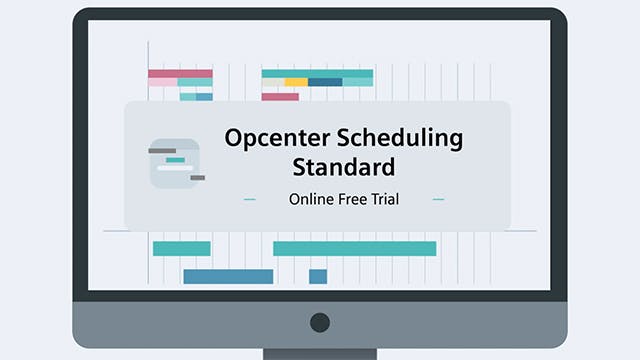受注生産は、生産活動を開始するイベント (顧客注文) が注文のフルフィルメントから始まり、生産シーケンスを逆算して計画またはスケジュールに到達するため、プル タイプの工程と見なされます。つまり、生産は需要によって「引っ張られる」のです。対照的に、 見込生産 (MTS) はプッシュタイプの操作です。
受注生産計画は、大量生産の効率で小ロットを生産する「マスカスタマイゼーション」の市場トレンドと相性が良いため、普及が進んでいます。プル工程として、受注生産はカスタマイズされた機能を生産工程に組み込みます。受注生産は、廃棄物につながることが多い過剰在庫を最小限に抑えるのにも役立ちます。そのため、受注生産は、多くの場合、リーン生産とジャストインタイム (JIT) スケジューリングのコンポーネントです。
受注生産計画の大きな課題は、生産サイクルが受注後にのみ開始されるという事実にもかかわらず、リードタイムを最小限に抑えることです。つまり、受注生産は、生産サイクルが比較的短い製品に適しています。リードタイムを短縮するために、製造業者は、独自のリードタイムを必要とする中間製品コンポーネントに見込生産アプローチを採用して、そのような中間コンポーネントを使用するプロセスステップを注文の受領後、より迅速に開始できるようにすることができます。これは、需要主導型資材所要量計画 (DDMRP) の背後にある概念です。
最新の 高度な計画およびスケジューリング (APS) システムの 一部の機能は、受注生産計画を最適化するように設計されています。APSソフトウェアを使用すると、プランナーは数量や納期の変更、製造能力の変更を迅速に評価し、新しい需要に合わせて受注生産計画を調整できます。


